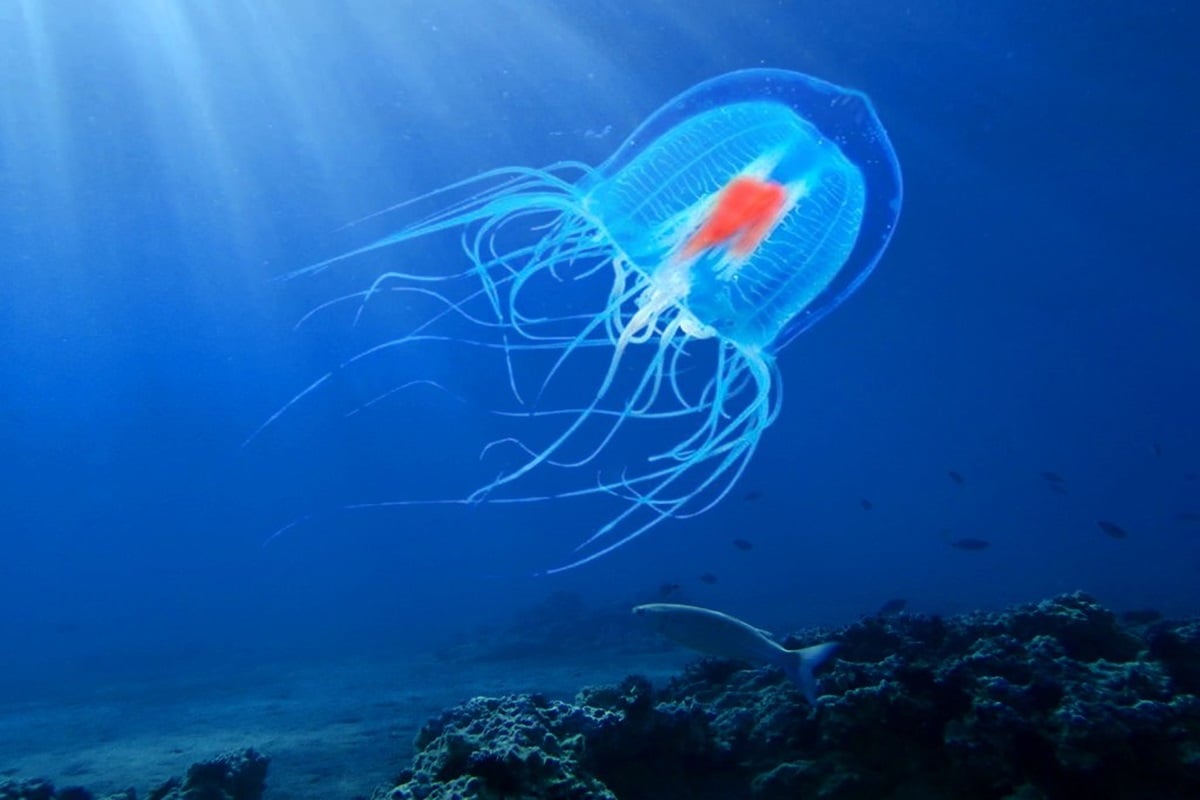In the big oceans where many secrets hide and lives a fascinating creature called the Bellied Sea Snake. This snake with its long graceful body and special abilities, swims through the deep waters with amazing ease and showing us how incredible marine life can be.

The Bellied Sea Snake is quite a sight with its slim body that can grow over one meter long. It has colors like olive-green or dark brown on its back helping it blend in with the plants and rocks in its underwater home. But what’s really cool is its belly which has a unique pattern that looks like a fancy corset.
What makes the Bellied Sea Snake special is how well it has adapted to living in the sea. Unlike land snakes it has a flat tail that works like a paddle helping it move easily through the water. Its nostrils are on top of its head, so it can breathe without taking in too much water. And its sleek body shape lets it glide smoothly that making it a great swimmer in its watery world.
Even though the Bellied Sea Snake is venomous, it’s not really a threat to people. It mainly uses its venom to catch food, not to defend itself. The venom comes from fangs at the back of its mouth. Luckily, these snakes prefer to stay deep underwater, so human encounters are rare.
Bellied Sea Snakes are like superheroes of the sea because they help keep everything in balance. By eating certain animals, they stop those animals from eating too much of important underwater plants. This helps keep the ocean healthy and happy. And when we see these snakes around, it tells us that the underwater world is doing well.






